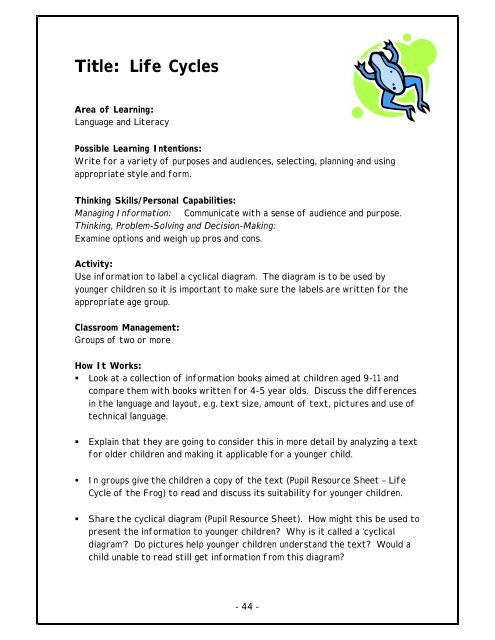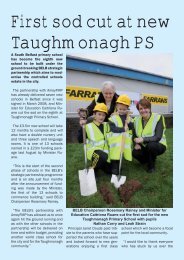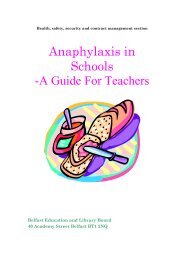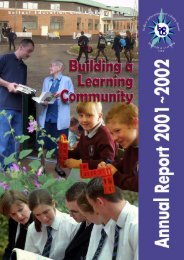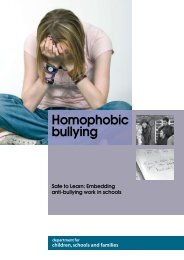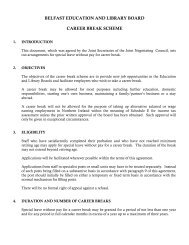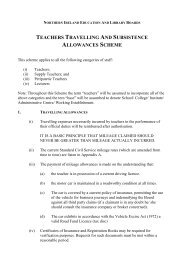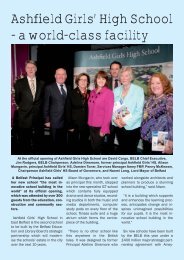Thinking Skills and Personal Capabilities Activities for Primary 6
Thinking Skills and Personal Capabilities Activities for Primary 6
Thinking Skills and Personal Capabilities Activities for Primary 6
- No tags were found...
Create successful ePaper yourself
Turn your PDF publications into a flip-book with our unique Google optimized e-Paper software.
Title: Life CyclesArea of Learning:Language <strong>and</strong> LiteracyPossible Learning Intentions:Write <strong>for</strong> a variety of purposes <strong>and</strong> audiences, selecting, planning <strong>and</strong> usingappropriate style <strong>and</strong> <strong>for</strong>m.<strong>Thinking</strong> <strong>Skills</strong>/<strong>Personal</strong> <strong>Capabilities</strong>:Managing In<strong>for</strong>mation: Communicate with a sense of audience <strong>and</strong> purpose.<strong>Thinking</strong>, Problem-Solving <strong>and</strong> Decision-Making:Examine options <strong>and</strong> weigh up pros <strong>and</strong> cons.Activity:Use in<strong>for</strong>mation to label a cyclical diagram. The diagram is to be used byyounger children so it is important to make sure the labels are written <strong>for</strong> theappropriate age group.Classroom Management:Groups of two or moreHow It Works:• Look at a collection of in<strong>for</strong>mation books aimed at children aged 9-11 <strong>and</strong>compare them with books written <strong>for</strong> 4-5 year olds. Discuss the differencesin the language <strong>and</strong> layout, e.g. text size, amount of text, pictures <strong>and</strong> use oftechnical language.• Explain that they are going to consider this in more detail by analyzing a text<strong>for</strong> older children <strong>and</strong> making it applicable <strong>for</strong> a younger child.• In groups give the children a copy of the text (Pupil Resource Sheet – LifeCycle of the Frog) to read <strong>and</strong> discuss its suitability <strong>for</strong> younger children.• Share the cyclical diagram (Pupil Resource Sheet). How might this be used topresent the in<strong>for</strong>mation to younger children? Why is it called a ‘cyclicaldiagram’? Do pictures help younger children underst<strong>and</strong> the text? Would achild unable to read still get in<strong>for</strong>mation from this diagram?- 44 -


